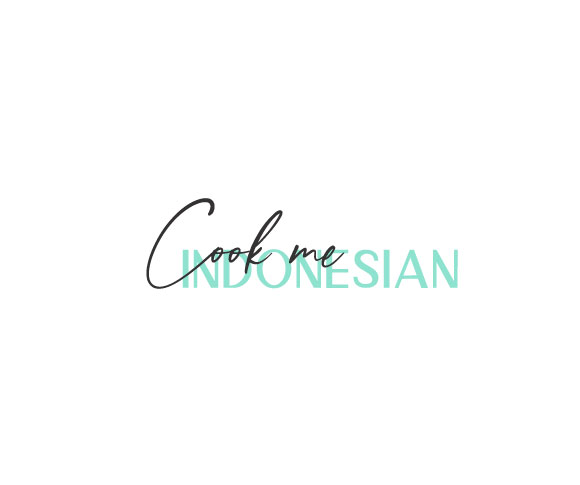In the past 10-15 years, tempeh, or tempe, has gained popularity all over the world, especially with vegans/vegetarians and organic food enthusiasts. It’s said to be a great meat substitute because it’s high in protein and has a fairly neutral flavor that makes it versatile, so it can be used even in traditional meat-based dishes like terik campur. These days, you can easily order tempeh burgers at restaurants, and buy fresh tempeh from organic stores.
It’s generally well-known that tempeh is made of fermented soybeans, and that it’s an Indonesian ingredient. (Actually, tempeh refers to a fermentation technique and not to the actual ingredient, so there are non-soy tempeh as well.) But what is perhaps less publicised is the fact that Indonesians consume a mad amount of tempeh. This is not just some exotic product a creative genius came up with on a remote island – it’s something most people in Indonesia, Malaysia, Singapore and Brunei eat unless they don’t like it.
How much tempeh do Indonesians eat?
Just how much tempeh does Indonesia eat?
Indonesia eats so much tempeh it has to import soybeans all the way from the US! According to the US Soybean Export Council, soybean consumption in Indonesia was about 25 lbs (11.3kg) per capita in 2013. Most of this is in the form of tempeh, with 50% of soybeans being made into tempeh, and 40% into the more-famous tofu (at least, according to Wikipedia).
Tempeh is so important to Indonesia that in 2009, a technical certification was issued for tempeh production by the country’s equivalent of ISO, known as SNI. But when was it invented, and how did it come to be such an important staple?
The origins of tempeh
Unlike other soy products such as tofu (which originated in China and Japan) tempeh is native to Indonesia — specifically, to Central Java. As with many other things, its ancient history is murky – historians still don’t know whether tempeh predates the introduction of tofu into Indonesian cuisine by the Chinese, or when it was invented.
What’s certain is that the Javanese have been consuming tempeh for at least a few hundred years in the regions of Yogyakarta and Surakarta in Central Java. The first written record of tempeh can be found in the Serat Centhini, an important literary court poem of the region. Thought to have been composed in the early-19th century, it is a description of the history and culture of Java after its conversion to Islam, and in it are found two descriptions of tempeh dishes – jae santen tempe (tempeh in coconut curry) and kadhele tempe srundengan (some sort of tempeh with grated coconut).
Tempeh in modern Java
During the Japanese Occupation of Indonesia in World War 2, some prisoners-of-war (PoWs) were fed tempeh – later, it was shown that these prisoners were less likely to suffer from dysentery and starvation. Some historians have suggested that tempeh consumption helped not only the PoWs, but a huge proportion of lower-income Indonesians, to survive throughout the years, providing them with a good, cheap source of protein.
In the 1960s, because of its popularity among the peasantry, tempeh was associated with things that were cheap, village-like, unrefined, and altogether low-class. Someone with a ‘village mentality’ (in a negative sense), for example, would be described as having “tempeh mentality”, or something cheap would fall into the “tempeh class”. After the 60s, this view began to change, and the efforts to transform the perception of tempeh within Indonesia continue to this day.
Tempeh today
Because of its long history, one can find thousands of tempeh dishes in Indonesia today, from simple dishes like fried tempeh to more complex ones like tahu tempe bumbu rujak. Tempeh is also common in non-Javanese Indonesian cuisines, such as in Padang cuisine – and even in Singapore, you’ll often find dishes like kering tempe in Nasi Padang stalls and restaurants.
Today, Indonesian chefs have begun to experiment with tempeh and to present it in new ways. There’s even an Indonesian Tempe Movement that “aims to increase national and international awareness of tempe…” They teach you how to make your own tempe, for which you can use a starter kit that can be purchased via websites like Shopee (Southeast Asia) and Amazon (rest of the world), and also organise events for tempeh enthusiasts.
View our Tofu & Tempeh recipes for traditional and not-so-traditional tempeh dishes!




